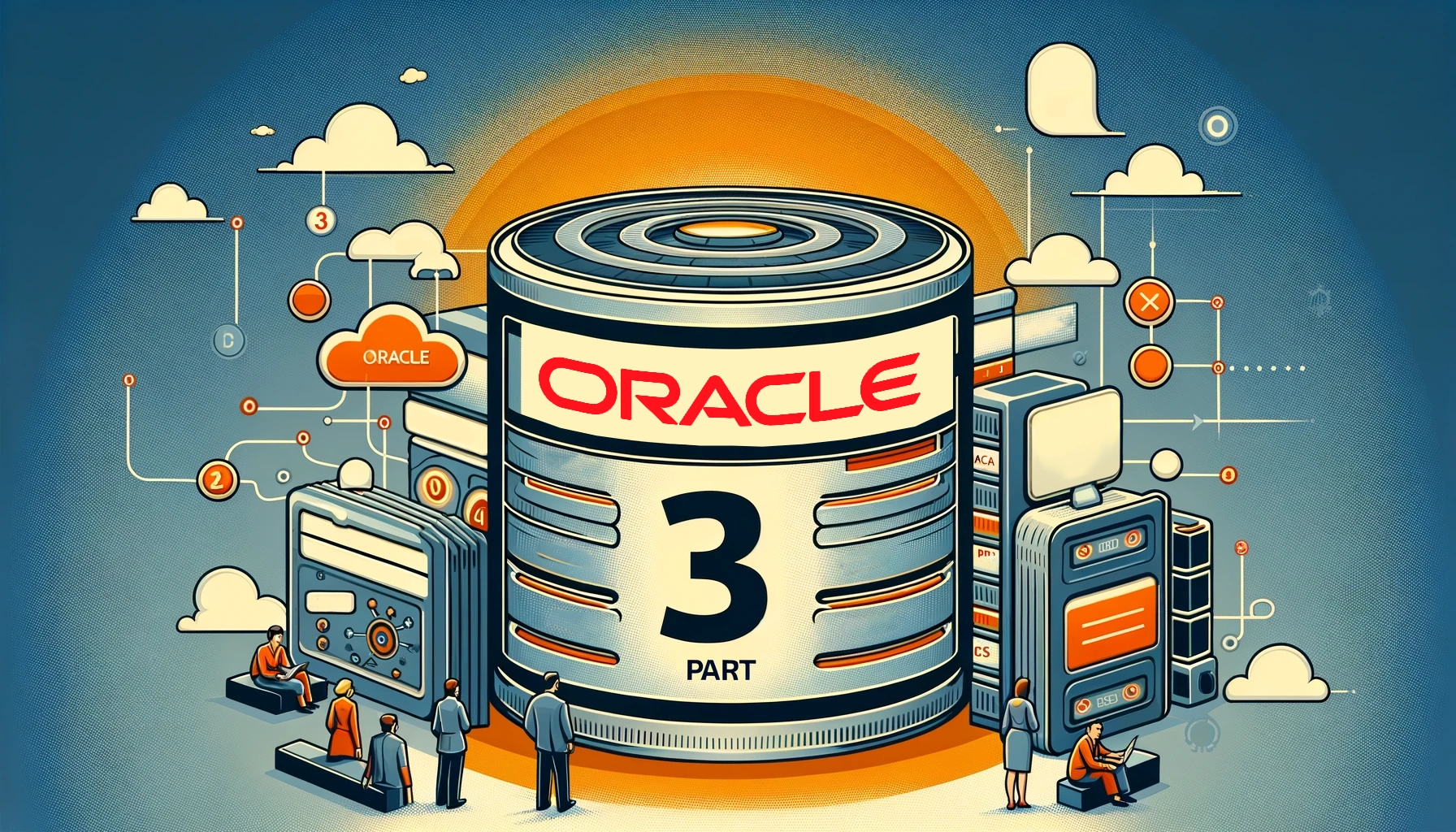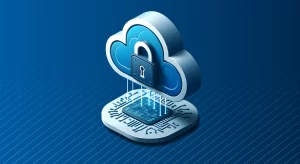
Mastering Oracle’s Native RBAC – Advanced Role and Privilege Management: A Comprehensive Guide – Part 3

7. Roles and Privilege Management in Oracle’s RBAC
Effective management of roles and privileges is crucial to maintaining a secure and well-controlled access control system. Here are some key aspects of role and privilege management in Oracle:
7.1 Granting and Revoking Privileges
The GRANT statement grants privileges to users or roles. It’s important to give users only the privileges they need to do their tasks. We call this the principle of least privilege. The system can grant privileges at the system level or object level.
Here’s an example of granting select privilege on a table to a user:
GRANT SELECT ON employees TO john;
To revoke privileges, you use the REVOKE statement. Revoking privileges removes the specified access rights from the user or role.
Here’s an example of revoking select privilege on a table from a user:
REVOKE SELECT ON employees FROM john;
Check user privileges regularly to ensure they align with job duties and follow the principle of least privilege.
7.2 Creating and Managing Roles
Roles are created using the CREATE ROLE statement. When creating roles, it is important to choose meaningful names that reflect the purpose or job function of the role. Roles can be created with or without authentication, depending on whether the role requires a password to be enabled.
Here’s an example of creating a role:
CREATE ROLE hr_manager;
Once a role is created, privileges can be granted to the role using the GRANT statement. Users can then be assigned the role using the GRANT statement.
Here’s an example of granting privileges to a role and assigning the role to a user:
GRANT SELECT, INSERT, UPDATE ON employees TO hr_manager; GRANT hr_manager TO john;
Roles can also be granted to other roles, creating a role hierarchy. This lets you make more complicated access rules and pass on permissions from one role to another.
7.3 Role and Privilege Auditing
Auditing plays a crucial role in monitoring and tracking the usage of roles and privileges. Oracle has a system that watches and records what users do, like using roles and privileges, with a detailed auditing setup.
To enable auditing for a specific role or privilege, you can use the AUDIT statement. For example:
AUDIT ROLE hr_manager; AUDIT SELECT ON employees;
When auditing is enabled, Oracle logs audit data in the audit trail when a specific role or privilege is utilized. This helps track and monitor the usage of roles and privileges within the system.
The audit trail records each instance of role or privilege usage for future reference. This feature enhances security and accountability within the Oracle system. This information is stored for tracking and monitoring purposes.
The audit trail records the actions taken by users with specific roles or privileges. This helps in maintaining security and compliance within the system. This information can be viewed using the DBA_AUDIT_TRAIL view or other relevant audit views.
Regularly reviewing the audit trail helps identify any unauthorized or suspicious activities, detect privilege abuse, and ensure compliance with security policies and regulations.
8. Best Practices for Access Control
Implementing effective access control requires following best practices to ensure the security and integrity of your Oracle database. Here are some key best practices to consider:
8.1 Principle of Least Privilege
The principle of least privilege involves giving users only the necessary privileges for their job. This enhances security by limiting access to what is needed. This minimizes the risk of unauthorized access and limits the potential damage in case of a security breach.
When giving permissions to users or roles, review the needs and only give the necessary permissions. Avoid granting excessive privileges or using powerful roles like DBA or SYSDBA unless strictly required.
8.2 Regular Review and Audit
Regularly review the roles, privileges, and user accounts in your Oracle database. Conduct periodic audits to ensure that the granted privileges align with the users’ current job responsibilities and that unused or unnecessary privileges are revoked.
Reviewing the audit trail is also crucial to detect any suspicious activities or unauthorized access attempts. Set up regular audit reports and monitor them for any anomalies or security violations.
8.3 Separation of Duties
Implement separation of duties to prevent any single user from having excessive privileges or complete control over critical systems. Divide responsibilities and privileges among different users or roles to ensure that no individual has the ability to perform unauthorized actions without detection.
For example, separate the roles and privileges for database administrators, security administrators, and application developers to maintain a system of checks and balances.
8.4 Strong Authentication and Password Policies
Implement strong authentication mechanisms to verify the identity of users accessing the database. Use password policies that enforce complex passwords, regular password changes, and account lockout after failed login attempts.
Consider using additional authentication factors, such as smart cards, biometric authentication, or multi-factor authentication, for sensitive or critical systems.
8.5 Secure Network Configuration
Properly configure the network security for your Oracle database. Use firewalls, virtual private networks (VPNs), and other network security measures to protect against unauthorized access from external networks.
Limit access to databases to certain IP addresses or networks and encrypt data during transmission using secure protocols like SSL/TLS.
8.6 Continuous Monitoring and Incident Response
Implement continuous monitoring and incident response mechanisms to detect and respond to security incidents in a timely manner. Set up alerts and notifications for suspicious activities, failed login attempts, or unauthorized access attempts.
Create a plan for how to handle a security breach, including steps for containing, investigating, and recovering from the incident.
9. Conclusion
Access control is important for keeping databases secure. Oracle offers a framework for implementing role-based access control (RBAC) and other security measures. By leveraging Oracle’s native RBAC features, you can effectively manage and control access to your database resources.
Understanding the concepts of roles, privileges, and users is essential to designing and implementing a robust access control system. Oracle’s RBAC model lets you create roles for job functions, give privileges to roles, and assign users to roles.
Advanced RBAC concepts like role hierarchies and secure app roles offer more flexibility and detail in managing access control. Advanced access control methods, such as VPD and OLS, allow for more detailed enforcement of access rules.
ABAC and ACLs work with RBAC to control access to resources based on attributes and specific rules for each resource. These approaches allow you to define access policies based on attributes or specific resource permissions.
Managing roles and privileges well involves giving and removing privileges, making roles, and regularly checking the access control system. To protect your Oracle database, follow security best practices. Limit access, review regularly, separate duties, use strong authentication, configure networks securely, and monitor continuously. These steps will help ensure the security and integrity of your database.
Protect your data with a good access control system. Follow best practices to prevent unauthorized access and keep your Oracle database secure and available.
Remember, access control is an ongoing process that requires continuous monitoring, review, and adaptation to evolving security requirements and business needs. Stay proactive by regularly checking your access control policies. Keep yourself informed about security best practices to safeguard your Oracle database and its valuable data.
This concludes our three-part series on Oracle’s native RBAC. You can find the previous two parts via the following links: Part 1 and Part 2.
Experience an informative online demonstration showcasing DataSunrise’s capabilities in User and Roles management, tailored for Oracle databases. Learn firsthand how our platform optimizes access control and fortifies security measures.
